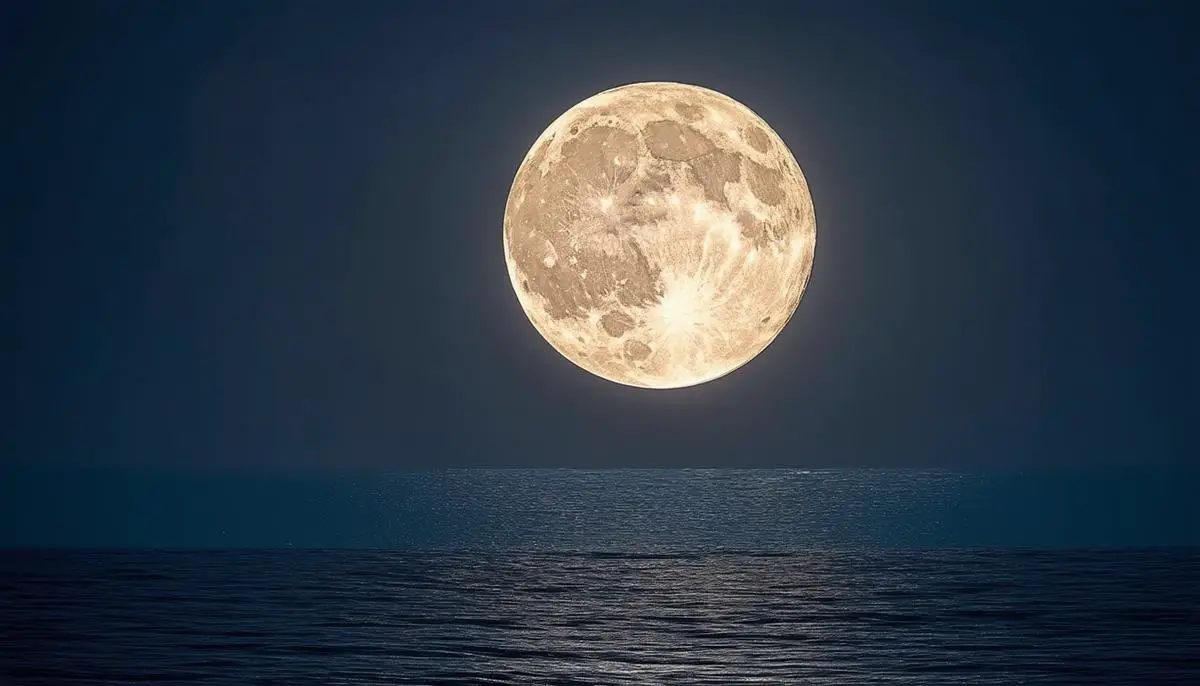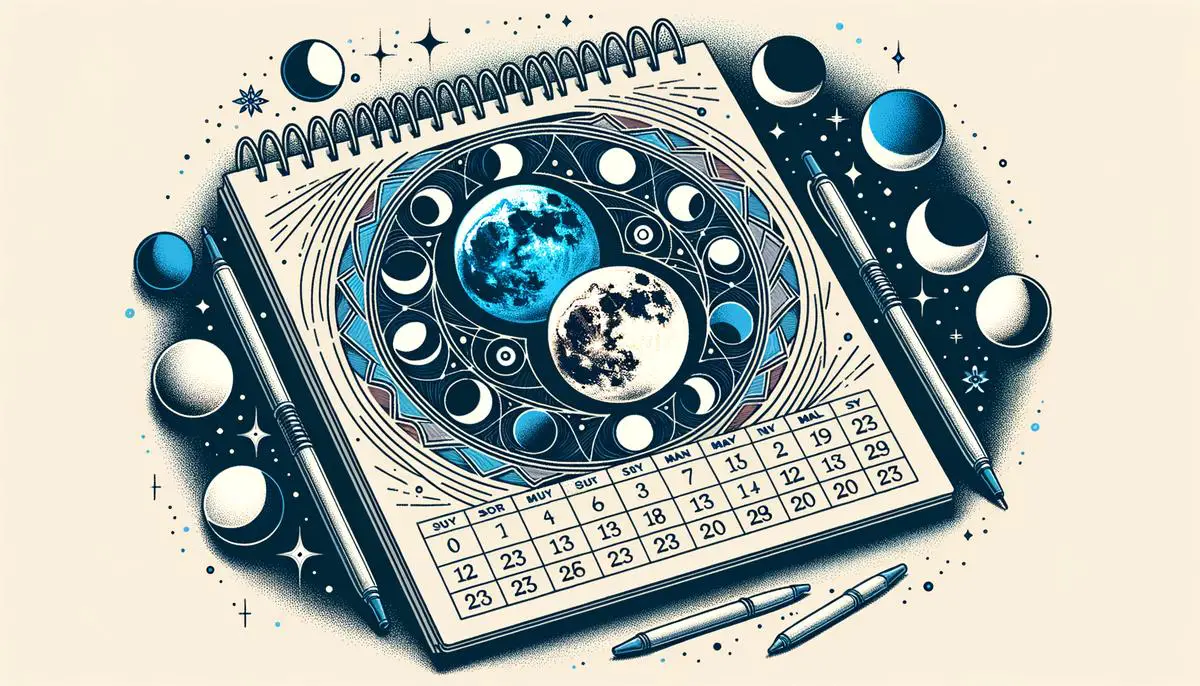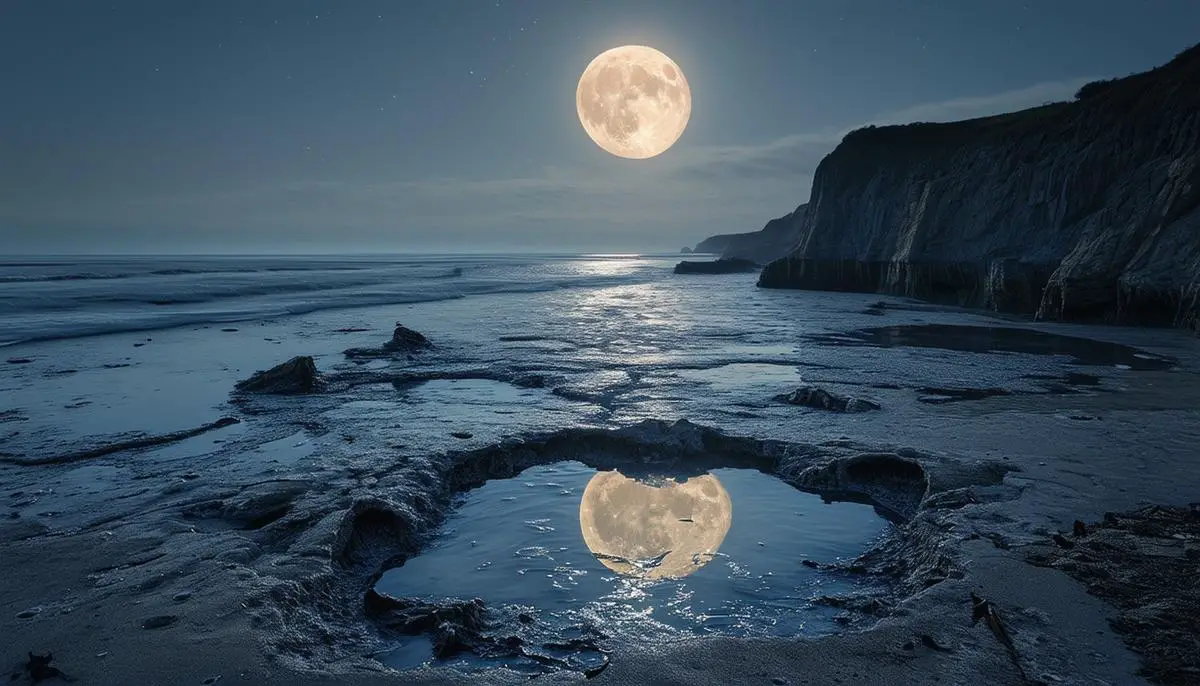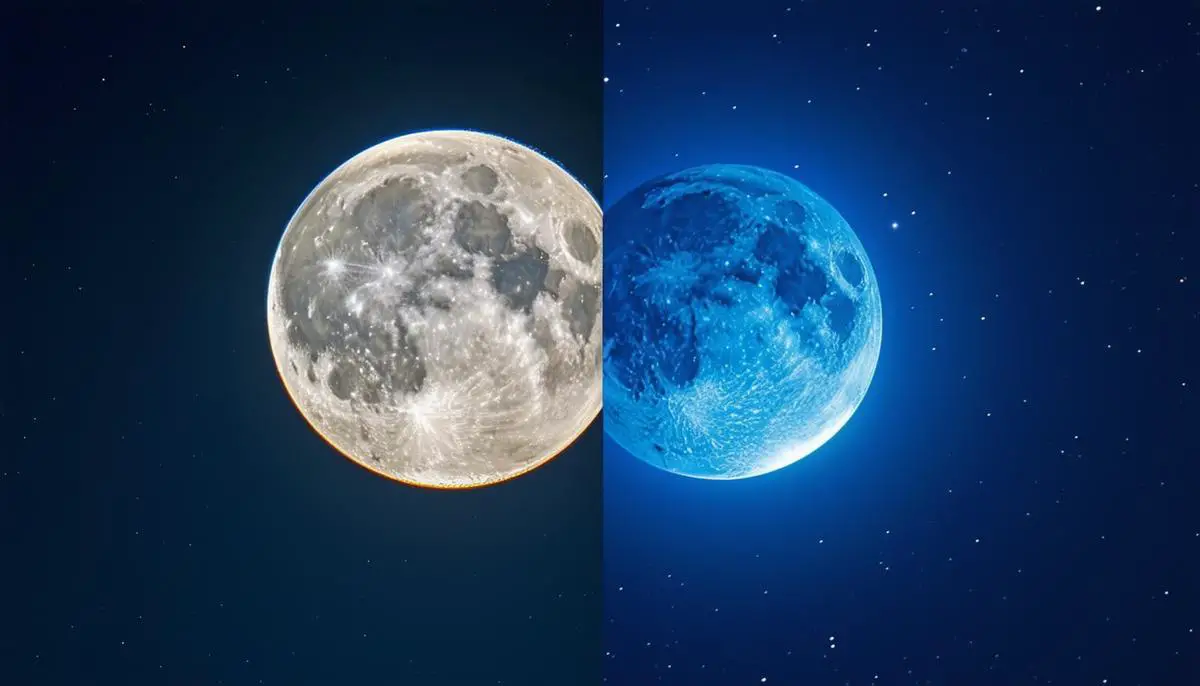Definitions and Occurrences
Supermoons and Blue Moons are captivating celestial events that capture the public's imagination. A Supermoon occurs when the moon's orbit brings it closest to Earth during its full phase, appearing larger and brighter. Fred Espenak, a retired NASA astrophysicist, notes that Supermoons can seem up to 14% larger and 30% brighter than a regular full moon, though spotting the difference with the naked eye is challenging.
A Blue Moon isn't about size or brightness but frequency. There are two kinds:
- Monthly: The second full moon within a single calendar month
- Seasonal: The third full moon in a season that has four full moons
Supermoons happen three to four times a year, while Blue Moons occur roughly every two to three years. The next Supermoon is scheduled for August 19, 2024, followed by another on September 18, which will be a Super Harvest Moon with a partial lunar eclipse. The next Blue Moon, falling on August 19, 2024, is also a seasonal one, while the next monthly Blue Moon will occur on May 31, 2026.
Despite the name, a Blue Moon doesn't turn blue. The term "blue" comes more from the rarity of the event than its color. However, actual blue moons can occur under specific conditions like volcanic eruptions, which fill the atmosphere with ash, making the moon appear blue for a time.
As for Supermoons, the visible difference is often negligible unless atmospheric conditions create a backdrop for the "moon illusion." A Supermoon can be 14% closer than its farthest point, or apogee, amplifying tidal forces and sometimes leading to noticeable changes in coastal tides, called perigean spring tides.
While these occurrences are interesting, they're relatively common in astronomical terms. Their charm lies more in their unusual coincidence of timing than in transformational visual differences.

Visual and Physical Differences
Supermoons are notable for their size and brightness, appearing about 14% larger and 30% brighter than when the moon is at its farthest point (apogee). Despite these numerical differences, noticing a Supermoon with the naked eye can be challenging unless atmospheric conditions contribute to the "moon illusion," which occurs when the moon is near the horizon and appears significantly larger due to our brain comparing it to nearby objects.
Blue Moons don't exhibit physical characteristics that set them apart in terms of size or brightness. Their intrigue is rooted in rarity rather than appearance. Despite the name, a Blue Moon doesn't appear blue to the naked eye under normal circumstances.
Atmospheric conditions can, however, cause the moon to appear blue, but this is an exceedingly rare event and unrelated to the calendar definitions of Blue Moons. The following conditions can lead to a genuinely blue-appearing moon:
- Volcanic eruptions
- Forest fires
- Intense storms
These events can inject fine particles into the atmosphere, scattering red light and making the moon appear blue or even green. Notable historical instances include:
- The Krakatoa eruption in 1883
- Fires in Canada in 1950

Astronomical and Cultural Significance
From an astronomical perspective, Supermoons are interesting due to their impact on tidal forces. The moon's proximity to Earth during a Supermoon amplifies the gravitational pull on our planet's oceans, leading to perigean spring tides. These stronger tides can potentially exacerbate coastal flooding, especially if concurrent with storm events, posing challenges for coastal communities, infrastructure, and marine navigation.1
The enhanced tidal forces during a Supermoon can influence ecosystems and human activities around coastal areas. Low tides will be exceptionally low, revealing parts of the shoreline usually submerged, while high tides may encroach further inland, affecting coastal habitats and human settlements.
Culturally, both Supermoons and Blue Moons have left a deep imprint on folklore and beliefs. The term "Blue Moon" has inspired numerous myths and sayings, often symbolizing rarity and the unusual. Phrases like "once in a blue moon" underline their infrequent occurrence, embedding them in the fabric of language and storytelling.
Many Native American tribes, such as the Algonquin, have traditional names for the full moons in each month, often linked to natural phenomena observed during those times. For instance, the "Sturgeon Moon," which often coincides with a Supermoon, was named for the sturgeon fish caught in late summer.
"The moon names we use today stem from Native American and Colonial-era sources. Traditionally, each full moon name was applied to the entire lunar month in which it occurred, not just to the full moon."2
In astronomical studies, both Supermoons and Blue Moons have offered opportunities for scientific observation and public engagement. The increased public interest during these phenomena often leads to a surge in amateur skywatching and a broader interest in understanding astronomical cycles, providing a valuable platform for scientists to educate the public about lunar science and celestial movements.

In the grand scheme of celestial events, Supermoons and Blue Moons offer us a unique glimpse into the intricate dance between our planet and its natural satellite. While their appearances may not drastically alter our night sky, their occurrences remind us of the delicate balance and interesting phenomena that govern our universe. Whether through subtle changes in tides or cultural lore, these lunar events continue to inspire curiosity and wonder.
- Keeling J, Peterlin A. Impacts of Lunar Phases on Tides and Storm Surge. J Coast Res. 2009;25(3):701-716.
- Hockett D. Full Moon Names and Their Meanings. The Old Farmer's Almanac. 2022.
![]()
